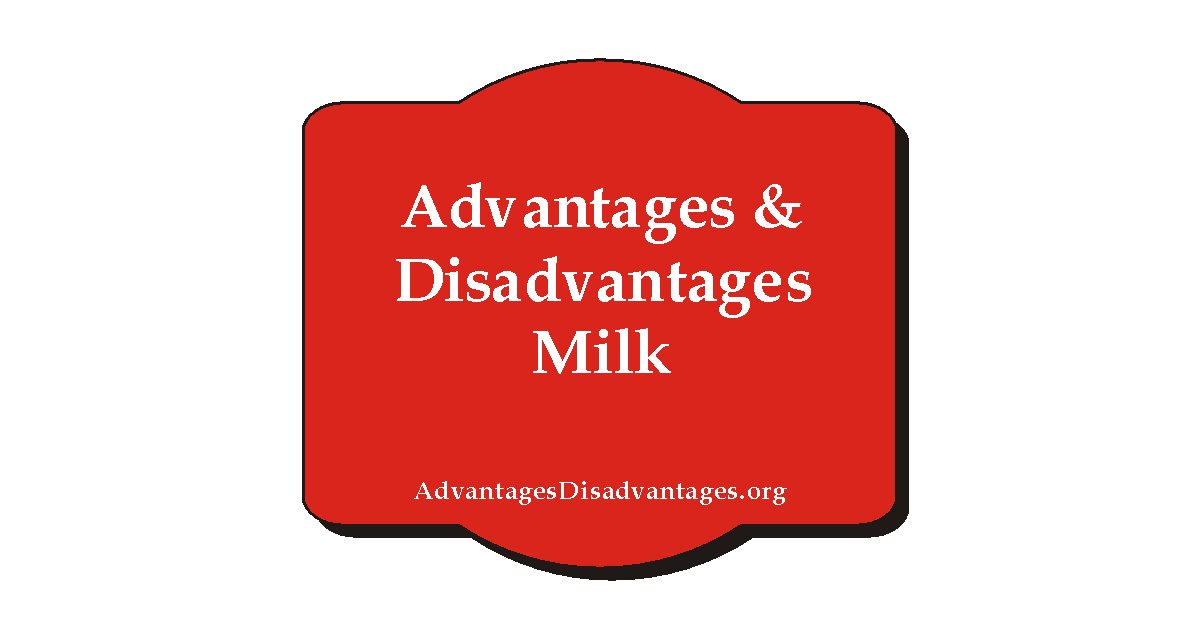Tech
Understanding How Ball Bearings Reduce Friction
Have you ever wondered how do ball bearings reduce friction? Enter the unsung champions of movement: ball bearings! These small yet mighty components are integral to countless machines and everyday objects, from bicycles to skyscrapers.
In this blog post, we’ll delve into the fascinating world of ball bearings—unpacking their design, functionality, and crucial role in reducing friction. Get ready to discover how these tiny spheres transform our experience with motion, making life smoother and more efficient!
Table of Contents
What Is Friction?
Friction is a force that tries to slow down or stop things when two surfaces touch and move against each other. It works against the direction of the movement. Friction is important because it helps us walk without slipping and keeps cars from sliding on the road.
Types of Friction
- Static Friction: This keeps an object still when you push it. It adjusts to stop movement up to a certain point.
- Kinetic (Sliding) Friction: This works against objects sliding past each other. It’s usually less than static friction.
- Rolling Friction: This happens when something rolls over a surface, like a ball or wheel. It’s usually less than sliding friction, making rolling easier.
- Fluid Friction: Fluid friction is the resistance you feel when an object moves through a liquid or gas like air pushing against a moving car.
What Affects Friction?
- Surface Texture: Rough surfaces create more friction, while smooth surfaces create less.
- Normal Force: The harder two surfaces are pressed together, the more friction there is.
- Material Type: Different materials resist movement differently. For example, rubber on concrete has more friction than ice on steel.
Why Is Friction Important?
Friction can slow machines down and cause parts to wear out, but it’s also necessary for things to move safely and stay in control. By understanding friction, engineers can design machines and vehicles that work better and last longer by controlling friction with lubricants or smart designs.
Friction helps us move safely but also causes wear, so controlling it is important for better machines and tools.
What Are Ball Bearings?
Ball bearings are small parts inside machines that reduce friction by letting parts roll instead of slide, making movement smoother and easier.
Main Parts of a Ball Bearing and What They Do
- Balls (Rolling Elements): These small round balls roll between two rings. Rolling causes less friction than sliding, making movement easier and parts last longer.
- Inner Race (Inner Ring): This ring fits tightly around the spinning shaft. The balls roll along this ring inside.
- Outer Race (Outer Ring): This ring stays still and holds the balls on the outside. It’s fixed to the machine housing.
- Cage (Retainer or Separator): This part keeps the balls evenly spaced so they don’t touch each other, which helps reduce friction and wear.
- Lubrication: Oil or grease is added to keep the parts moving smoothly, reduce friction even more, and protect the bearing from damage.
Why Use Ball Bearings?
- They lower friction for smoother and more efficient machine operation.
- They help machines last longer by reducing wear.
- They work well at high speeds without overheating.
- Many come sealed and lubricated, so they don’t need much maintenance.
- Their small, lightweight design fits well in tight spaces.
Where Are Ball Bearings Used?
- Bicycles: In wheels and pedals to help things spin easily.
- Cars: In engines and wheels for better performance and longer life.
- Factories: In machines like conveyors and motors to keep them running smoothly.
- Electronics: In hard drives and cooling fans to reduce noise and wear.
Ball bearings are small but powerful parts that help machines run efficiently and last longer by reducing friction and wear.
How Ball Bearings Reduce Friction
Ball bearings help machines run smoothly by changing sliding motion into rolling motion. Rolling creates much less resistance than sliding, which means parts move more easily, wear down less, and work better.
How Ball Bearings Work
A ball bearing has four main parts:
- Inner Ring: A smooth metal ring that fits onto the spinning shaft.
- Outer Ring: Another smooth ring that stays still and surrounds the balls.
- Balls: Small metal balls that roll between the inner and outer rings.
- Cage: A frame that keeps the balls spaced evenly so they don’t rub against each other.
These parts work together so the balls roll instead of slide, greatly reducing friction.
Why Ball Bearings Are Important
Ball bearings are small but powerful parts used in many machines. They help machines work better and last longer. Here are their main benefits:
Key Benefits of Ball Bearings
- Reduce Friction: Ball bearings help parts move smoothly by cutting down friction. This means machines use less energy, create less heat, and parts wear out slower.
- Small and Lightweight: Ball bearings are small and light, making them ideal for use in tight spaces and where weight matters, such as in car engines, tools, and airplanes.
- Work Well at High Speeds: Ball bearings can spin fast without getting too hot. This makes them great for machines like electric motors and turbines that need to move quickly and smoothly.
- Handle Different Types of Loads: They can support forces coming from different directions (sideways and straight on), so they work in many machines, from conveyor belts to precision instruments.
- Low Maintenance: Many ball bearings come sealed with grease, so they need little care, saving time and money.
- Cost-Effective: Ball bearings are often less expensive than other types of bearings but still provide excellent performance.
- Reduce Noise and Vibration: Ball bearings help machines work quietly and without shaking. This is important for things like air conditioners and home appliances.
- Resist Corrosion: Some ball bearings are made from stainless steel or ceramic, so they don’t rust easily and can be used in tough environments like marine or food industries.
Where Ball Bearings Are Used
- Cars: In wheels, engines, and transmissions for smooth and reliable movement.
- Factories: Ball bearings are used in motors, pumps, and conveyor belts to help parts move more easily. They reduce friction and wear, which keeps machines running smoothly and for a longer time.
- Electronics: Ball bearings are used in hard drives and fans to help them spin smoothly. This makes devices work quietly and efficiently without overheating or making too much noise.
- Medical Equipment: In surgical tools and diagnostic machines for precise operation.
- Aerospace: Ball bearings help airplane parts move smoothly and safely, making flights more reliable.
Ball bearings reduce friction, allowing machines to operate more smoothly, quietly, and efficiently. Their durability, versatility, and cost-effectiveness make them widely used across various industries.
READ MORE :

-

 Health5 years ago
Health5 years agoAdvantages and Disadvantages of Milk
-

 Tech4 years ago
Tech4 years ago6 Tips to Improving E-Commerce Websites
-

 Home5 years ago
Home5 years agoAdvantages and Disadvantages of Village Life in Points
-

 Travel5 years ago
Travel5 years agoAdvantages and Disadvantage of Travelling
-

 Sports4 years ago
Sports4 years agoThe benefits of playing an online live casino
-

 Tech5 years ago
Tech5 years ago10+ Advantages and Disadvantages of Mobile Phones in Points
-

 Tech5 years ago
Tech5 years agoEssay on Advantages and Disadvantages of Offline Shopping
-

 Tech5 years ago
Tech5 years ago8+ Advantages and Disadvantages of Motorcycle |Having Bike